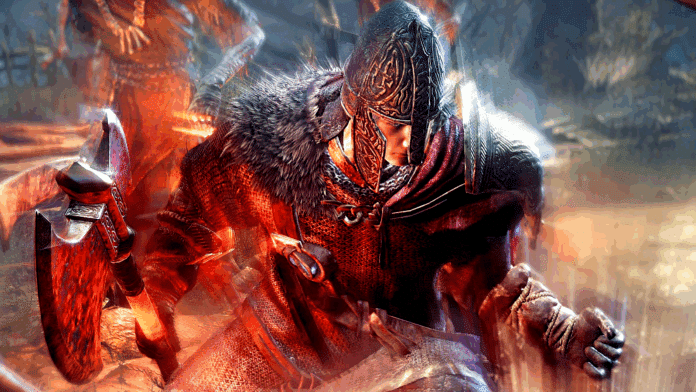While others shy away from anything below 30 FPS, this player is uncompromising.
We’ve all played with fewer FPS than we would have liked at some point, right? It can quickly spoil the fun of the game.
However, there is a rare breed of gamers who are simply not bothered by jerky images, screen tearing, and various other technical flaws.
On Reddit, a user shows that one of his friends plays Dark Souls and Elden Ring with a dangerously low FPS. This is puzzling, because the player is using an Nvidia RTX 4070 Ti, which should easily be enough for Dark Souls and Elden Ring.
Community puzzled by lack of performance
Such jerky images with a graphics card like that? Some of you probably already have an idea. This could be a classic PC assembly error that many of us have made before: perhaps the gamer accidentally plugged the monitor cable into the motherboard instead of the graphics card socket.
This would mean that the high-performance graphics card would not be calculating the game graphics, but rather the motherboard’s onboard graphics card. This is only designed for the simplest graphics and is normally hardly capable of displaying games smoothly.
Is that really it? However, many people are not entirely convinced by this explanation.
At least, if you believe the player’s statements. He claims that the problem only started a while ago and got worse over time.
The author of the Reddit post doesn’t seem to quite believe his friend, though. The latter simply wants to buy an RTX 5080:
His brother is trying to buy his way out of his problems instead of solving them.
The alternative: If he really did plug the screen in correctly, many see only one possibility: the drivers.
The player has probably never actually updated his drivers. This could eventually lead to performance getting worse and worse.
What to do when FPS are missing?
If you ever find yourself in the same situation as the Dark Souls player, there are a few things you can check on your PC before buying a new graphics card. We’ve summarized them in a list here:
- Check drivers – Are your graphics card and chipset up to date?
- Are the cables plugged in correctly? – Check that your monitor is actually connected to the GPU.
- Close background programs – Close everything that is unnecessarily using CPU or RAM.
- Adjust graphics & resolution – Settings that are too high will reduce the FPS.
- Check temperatures – CPU or GPU throttle when overheating.
- Turn off energy-saving mode – Set to
High Performance
. - Check memory – RAM and VRAM may be too low.
- Check V-Sync & FPS limiter – This can limit the FPS.
If you have checked and corrected these things and your computer still isn’t working the way you want it to, you should probably start replacing hardware.
However, you don’t need to buy anything for this. Take an old GPU that you still have at home or ask a friend to bring their graphics card so you can test it on your computer. Then you’ll see if it’s a hardware issue.


